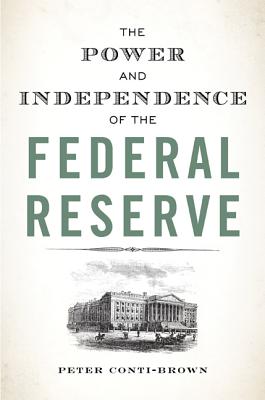Expedite your nonfiction book discovery process with Readara interviews, summaries and recommendations, Broaden your knowledge and gain insights from leading experts and scholars
In-depth, hour-long interviews with notable nonfiction authors, Gain new perspectives and ideas from the writer’s expertise and research, Valuable resource for readers and researchers
Optimize your book discovery process, Four-to eight-page summaries prepared by subject matter experts, Quickly review the book’s central messages and range of content
Books are handpicked covering a wide range of important categories and topics, Selected authors are subject experts, field professionals, or distinguished academics
Our editorial team includes books offering insights, unique views and researched-narratives in categories, Trade shows and book fairs, Book signings and in person author talks,Webinars and online events
Connect with editors and designers,Discover PR & marketing services providers, Source printers and related service providers

The Power and Independence of the Federal Reserve
Business & Economics > Banks & Banking
- Princeton University Press
- Paperback
- 9780691178387
- 9.2 X 6.1 X 1 inches
- 1.25 pounds
- Business & Economics > Banks & Banking
- (Single Author) Asian American
- English
Readara.com
Book Description
An in-depth look at the history, leadership, and structure of the Federal Reserve Bank
The independence of the Federal Reserve is considered a cornerstone of its identity, crucial for keeping monetary policy decisions free of electoral politics. But do we really understand what is meant by Federal Reserve independence? Using scores of examples from the Fed's rich history, The Power and Independence of the Federal Reserve shows that much common wisdom about the nation's central bank is inaccurate. Legal scholar and financial historian Peter Conti-Brown provides an in-depth look at the Fed's place in government, its internal governance structure, and its relationships to such individuals and groups as the president, Congress, economists, and bankers.
Exploring how the Fed regulates the global economy and handles its own internal politics, and how the law does--and does not--define the Fed's power, Conti-Brown captures and clarifies the central bank's defining complexities. He examines the foundations of the Federal Reserve Act of 1913, which established a system of central banks, and the ways that subsequent generations have redefined the organization. Challenging the notion that the Fed Chair controls the organization as an all-powerful technocrat, he explains how institutions and individuals--within and outside of government--shape Fed policy. Conti-Brown demonstrates that the evolving mission of the Fed--including systemic risk regulation, wider bank supervision, and as a guardian against inflation and deflation--requires a reevaluation of the very way the nation's central bank is structured.
Investigating how the Fed influences and is influenced by ideologies, personalities, law, and history, The Power and Independence of the Federal Reserve offers a uniquely clear and timely picture of one of the most important institutions in the United States and the world.
Author Bio
Peter Conti-Brown is the Class of 1965 Associate Professor of Financial Regulation at The Wharton School of the University of Pennsylvania, Co-Director of the Wharton Initiative of Financial Policy and Regulation, and Nonresident Fellow in Economics Studies at The Brookings Institution.
A financial historian and a legal scholar, Conti-Brown studies central banking, financial regulation, and public finance, with a particular focus on the history and policies of the US Federal Reserve System. He is author of the book The Power and Independence of the Federal Reserve (Princeton University Press 2016), co-author of a leading textbook on financial regulation (The Law of Financial Institutions), and author and editor of several other books and articles on central banking, financial regulation, and bank corporate governance. He received a law degree from Stanford Law School and a PhD in history from Princeton. He and his wife Nikki are the parents of four children.
Source: The Wharton School, The University of Pennsylvania
Videos
No Videos
Community reviews
No Community reviews

